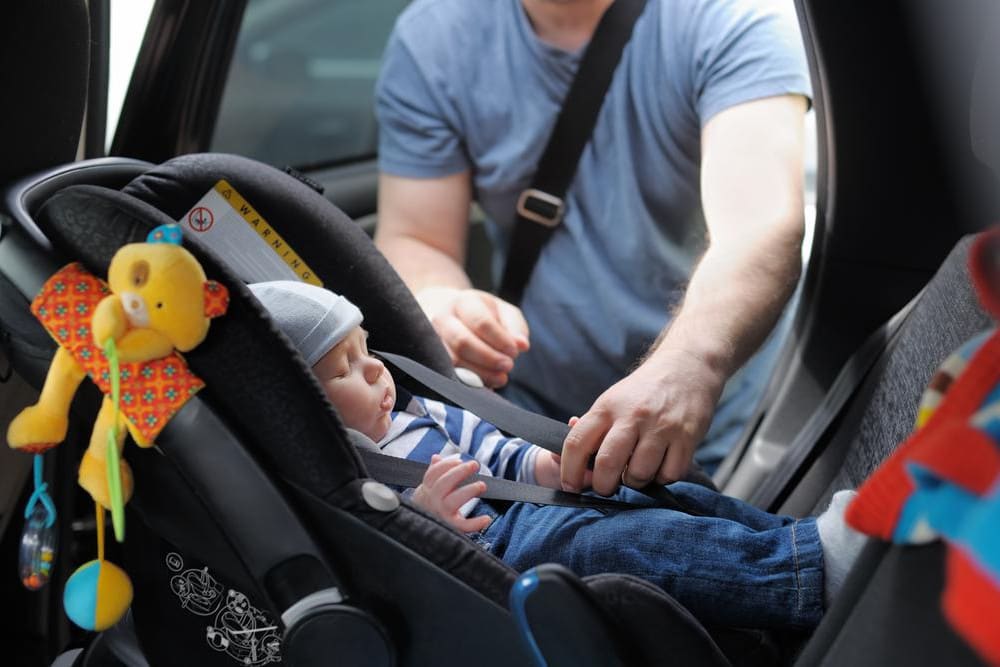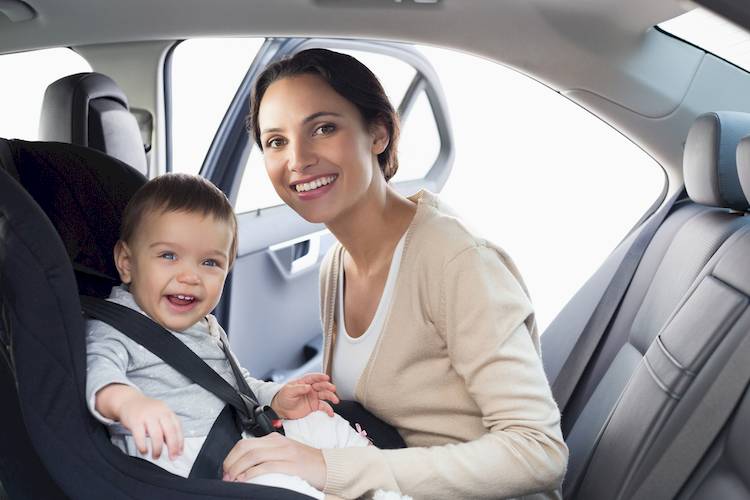

“We’re having a baby” - four words that will forever change the lives of expectant couples. Once the joy (or, perhaps, shock) of the news wears off, many soon-to-be parents find themselves in a quandary of what to do next.
Some may want to get a jump on developing good parenting skills by downloading Dr. Benjamin Spock’s, Baby and Child Care. Others might do a little online browsing, imagining what the nursery will look like.
It’s probably safe to say that rushing to study the National Highway Traffic Safety Administration’s (NHTSA) federal safety standards for car seats isn’t likely to be at the top of the “we’re having a baby so let’s do something” list. But, in time, reading the product reviews, and understanding the recommended guidelines provided by the agency will become invaluable.
Each year, the NHTSA issues guidelines that recommend how car seats should be used. The agency suggests:
Birth to one year old: Rear-facing seats
- All children under the age of one should ride in a rear facing car seat.
- It’s recommended that children continue to ride rear facing until they reach approximately 20 pounds.
- If possible, the safest place for your baby is the middle seat in the backseat.
1 to 3 years old: Convertible seats
- When your child’s head reaches the top of his first car seat or when he has reached the maximum weight reading for your particular seat (generally 40-to-80 pounds) it’s safe for him to ride facing forward.
- He should still ride in the backseat, in the middle if possible.
4 to 7 years old: Booster seats
- Once your child has reached approximately 80 pounds, it’s safe for him to ride sitting on a booster seat with a seat belt.
- It’s important to ensure that the seat belt fits snuggly across your child’s lap (not their stomach) and shoulder, not his neck.
- Children in booster seats should continue to ride in the back seat.
8 to 12 years old: Booster Seats
- Most states have height and weight requirements outlining when it’s safe for children to gain freedom from their booster seats. Generally, children are ready to ride booster seat free when they’re 4 feet 9 inches tall.
- Although your child has hit the minimum requirement for riding without a safety seat, it’s recommended that they continue to ride in the backseat.
Without question buying a car seat can be a mind numbing experience. With rear facing only seats; convertible seats; forward facing seats; booster seats; and seats that cost from $100 to $800 what should a parent choose?
To help consumers, the NHTSA also maintains an extensive database, complete with agency reviews nearly every car seat on the market. The reviews grade each seat on a scale of one-to-five (five being best) in five categories:
- Height, size, and weight
- Evaluation of instructions and labels
- Ease of installation
- Ease of securing your child
- Overall ease of use
The database provides commentary, user tips, and advice for each car seat.
Absorbing all of this information can make you a little dizzy. You might wonder, are car seats really necessary? After all, car seats (especially when your baby is riding backwards) make it harder to manage the discomfort of a long drive (think: flopping head and non-stop crying).
There’s also a really good chance that your parents didn’t ride around backwards in a plastic bucket, and they survived, so why should your kid be any different?
In September 2015 the Centers of Disease Control and Prevention issued a report on the use of car seats. The CDC determined that use of car seats is crucial for your baby’s safety. The report concluded that:
- Using a car seat can reduce injuries among infants by more than 70 percent; and among toddlers (ages 1-4 years) by more than 50 percent.
- In 2013 nearly 128,000 children ages 12 and under were injured or killed when not secured in a safety seat or proper booster seat.
- For children ages 4-8 using a safety seat or booster seat reduces their risk of serious injury by 45 percent.
It seems clear that using a child seat, or a booster seat, improves the chances of survival during a crash.
Finally, if you need help installing junior’s shiny new car seat(by the way, admire its cleanliness while you can), you can stop by any police station, fire station; or hospital for assistance. And the NHTSA’s website also has demonstration videos on the installation process.




